Gardening in April requires maximum flexibility: a day’s forecast may run the gamut of rain, wind, a chance of thunder—and hopefully, sun. This is nothing unique to the Pacific Northwest, either; just be glad we don’t typically have to add snow showers to that forecast! Whether you’re finally getting around to landscaping the new home you bought a few years ago or just need to replace some overgrown plants around your yard and freshen up your curb appeal, now is prime time for planting, so let’s look at four must-have categories to cover when landscaping your home.
First up, trees. No matter the size of your yard, every landscape needs some vertical elements to help shape and define the space. Whether you’re planting for shade, flowers, fruit, or a place for birds to nest, trees offer so much that other plants simply can’t. Don’t have a big yard? No worries—dogwoods, Japanese maples, magnolias, and strains of Hinoki cypress are a perfect fit even in small spaces. Check out ‘Satomi’ dogwood, with rose-hued blossoms that last for six weeks in late spring and early summer on a tree that grows to just 10-15 feet tall. Or look for ‘Verna Jean’ Japanese maple on your next trip to Vander Giessen’s, for all the burgundy color of full-size varieties on a tree that grows to just ten feet tall and four to six feet wide.
Second, shrubs. After you’ve defined your vertical space with trees, shrubs provide the mid-level texture, color and additional structure a garden needs to look its best throughout the year. Within this category fall a wide range of plants, including coniferous evergreens that offer consistent, year-round color and form, broadleaf evergreens like rhododendrons and azaleas that may bloom at various points throughout the year, and deciduous plants like hydrangeas, weigela, spirea, and more that offer various leaf colors, blooms, and unique accents.
When planning the mix of plants you’ll use in your yard, look for shrubs that provide interest at various times throughout the year. In spring, gardeners are invariably drawn to blooming plants at their first visit to the garden centers, but before you go all-in on spring bloomers, make space for plants that bloom in summer—like hydrangeas—and those that provide season-long foliage color like ‘Little Heath’ dwarf pieris, with variegated green and cream leaves year-round, or ‘Orange Rocket’ barberry, with rust-colored foliage that turns fluorescent orange in autumn. Winter is typically overlooked for shrub interest, but blueberry bushes make great accents to a winter garden with red- and orange-colored branches, and winter-blooming heather begins its show in December, lasting with color until mid-spring.
Third, perennials. Now that you’ve created the year-round form and structure your garden needs for year-round interest, perennials are the fillers to make your garden spaces look bright and lively. Who can resist the colorful blooms of dianthus, salvia and bleeding hearts in spring, the tried-and-true blossoms of coneflowers throughout the summer, and the eye-catching colorful leaves of hostas and heuchera?
As with shrubs, perennials bloom at various times through the year, and if you choose your plants strategically, it’s not hard to ensure having something in bloom from late winter until mid-autumn. Remember, though, that most perennials go dormant in winter, meaning they’ll die back to the ground or at least drop most of their leaves, so mix perennials with shrubs for a more finished look to the garden year-round.
Finally, seasonal interest. This category includes annual flowers like pansies, petunias, and geraniums that you replace each year, bulbs like tulips and daffodils you’ll replace or replenish every few years, and tubers like dahlias you’ll want to dig and store each winter. Seasonal interest plants are the finishing touches that complete a garden space and offer maximum color, and to gardeners, they’re what many look forward to most each year.
While it’s too early yet to safely plant most summer annuals—and the bulbs you planted last fall are just now coming into bloom—now is the time to start planting anything in the first three categories listed above. Whatever you’re planting, I recommend feeding with Espoma Bio-Tone at the time of planting to provide essential nutrients for quick root development so your plants are well-established by summer.
Despite the continued on-and-off rain, spring is an exciting time to get back in the garden and create your own oasis. So grab your sunscreen, rain coat, and a warm hat on your way out to garden—after all, it’s best to be prepared for whatever weather we get today!


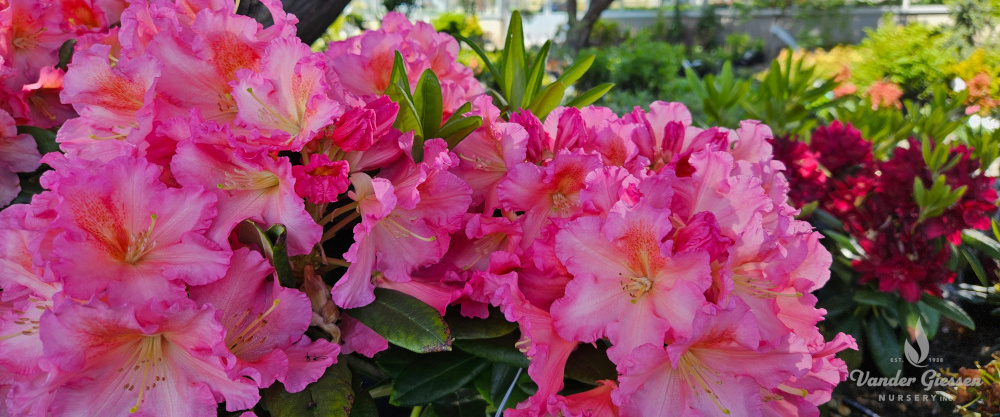
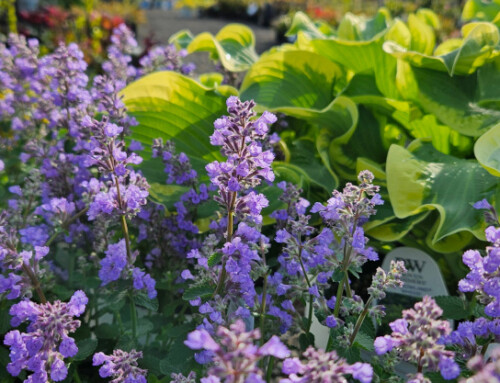
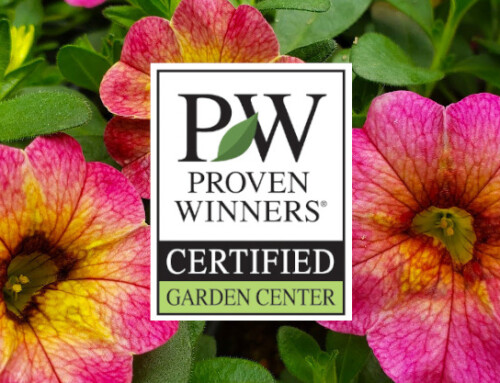
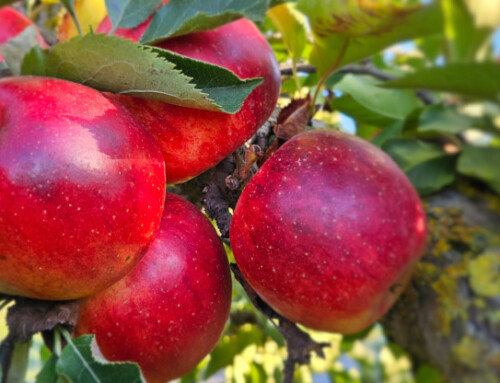
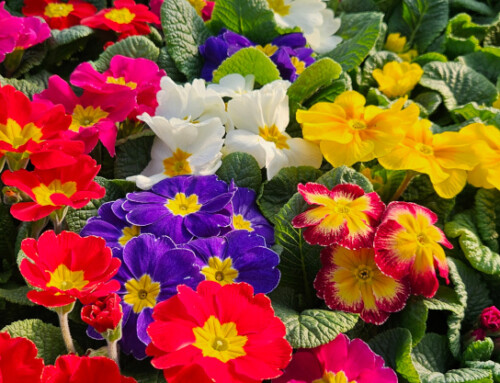

Leave A Comment